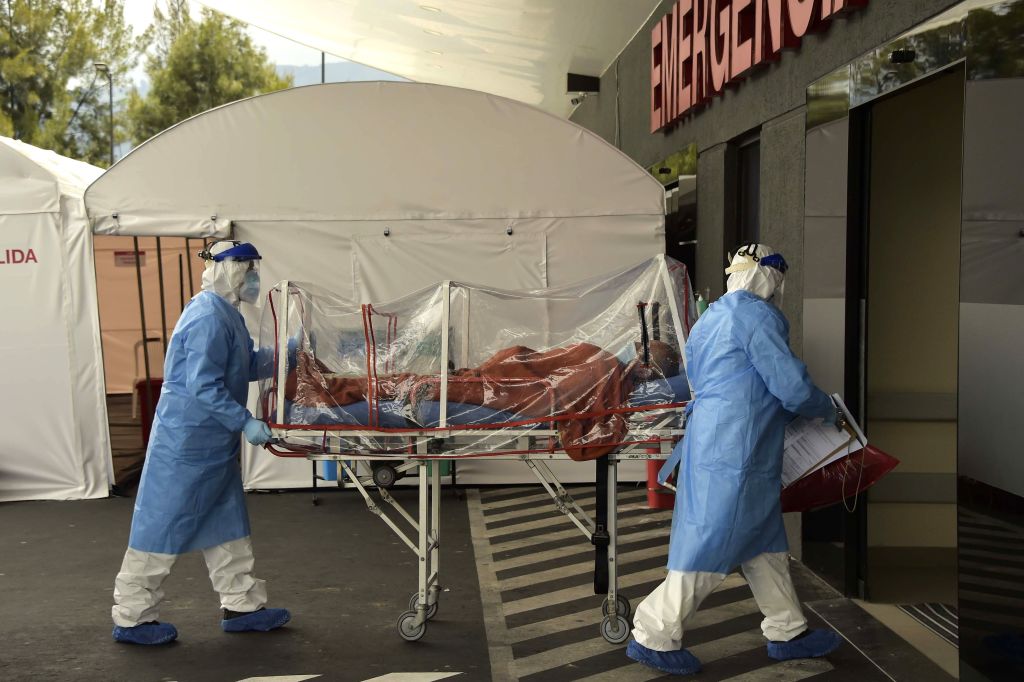Ecuador will hit the polls on Sunday, February 7 as it continues to fight the coronavirus pandemic that until this Wednesday has taken life in the country of about 15,000 people between confirmed deaths and probable deaths, according to the Ecuadorian Ministry of Public Health.
A few days after the first year of covid-19 in the country, registered on February 29, 2020, Ecuadorians will vote to elect 144 public offices, including president and vice president. And, certainly, the new president faces the great challenge of the global health emergency. Which, at the moment, does not seem to be close to ending. This is the panorama of the coronavirus in Ecuador, in key figures.
Confirmed cases in Ecuador amounted to almost 252,390 this Wednesday, with 10,257 confirmed deaths and another 4,692 probable deaths from the virus, according to the Ministry of Health. These are figures that, despite their seriousness, are well below those recorded by their neighbors. For example, Colombia, a country with which it shares a border, has already exceeded two million cases and registers 54,877 deaths, according to data compiled by Johns Hopkins University. In Peru, the other border nation of Ecuador, the confirmed infections are more than 1,149,700 and the deaths 41,354.
Pichincha is the province of Ecuador with the highest number of coronavirus cases: it accumulates 88,049, 35% of the total. In addition, it adds 2,118 deaths confirmed by PCR. It is followed by the province of Guayas with 32,055 confirmed infections and 1,951 confirmed deaths. However, in this province there are 1,702 probable deaths from covid-19, according to the Ministry of Health. Precisely, Guayaquil, the capital of Guayas, embodied in early April 2020 the tragedy of the coronavirus in Ecuador. The city was not only the epicenter of the covid-19 outbreak in the country: morgues and hospitals collapsed and at times there were even scenes of corpses in the streets.
Vaccination
The main challenge facing the coronavirus in Ecuador, as in other countries, is the vaccination of its population. On January 21, the country began its vaccination pilot plan that focuses on medical personnel from some hospitals and older adults from geriatric centers selected for this phase. Doctors from Guayaquil and Quito, the cities hardest hit by the pandemic in the country, received the first dose of the Pfizer / BioNTech vaccine.
The Ministry of Health expects to receive more doses weekly until the 86,000 planned for this pilot plan are completed. Until February 2, the so-called Vaccine Plan had reached health personnel in Ambato, Latacunga, Puyo, Tena and Galapagos, according to the Ministry of Health. The day before, the provinces of El Oro, Loja, Morona Santiago and Zamora Chinchipe were covered, according to the entity.
The truth is that this is the first stage of the plan and the general population is missing. In this sense, it is expected that from March 2 million doses of Pfizer / BioNTech vaccines will gradually arrive, according to President Lenín Moreno. But, as vaccination efforts advance, the new officials Ecuador chooses, including its head of state, will have to confront COVID-19. And to its lasting consequences.

